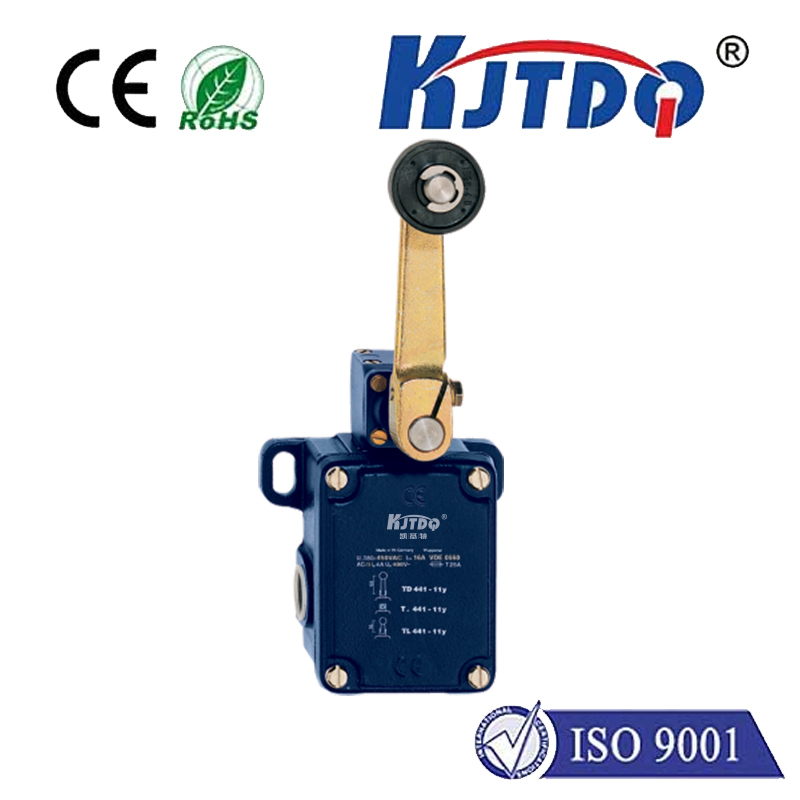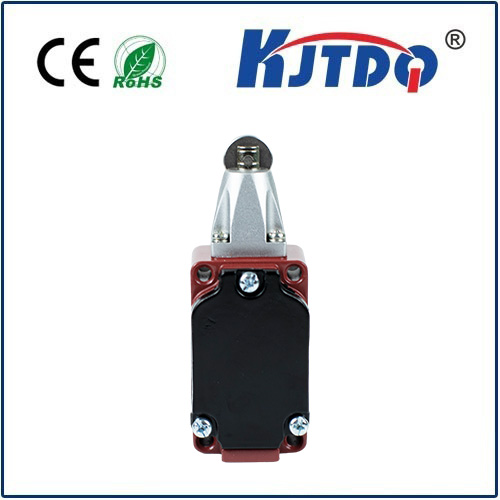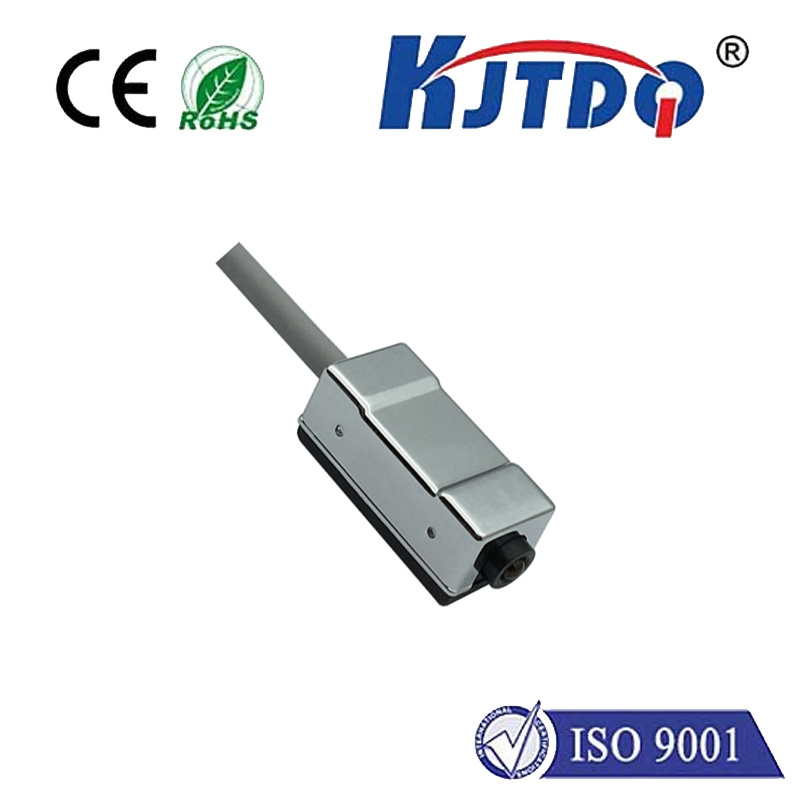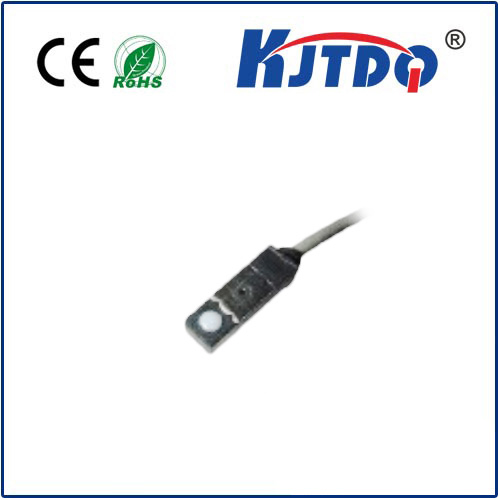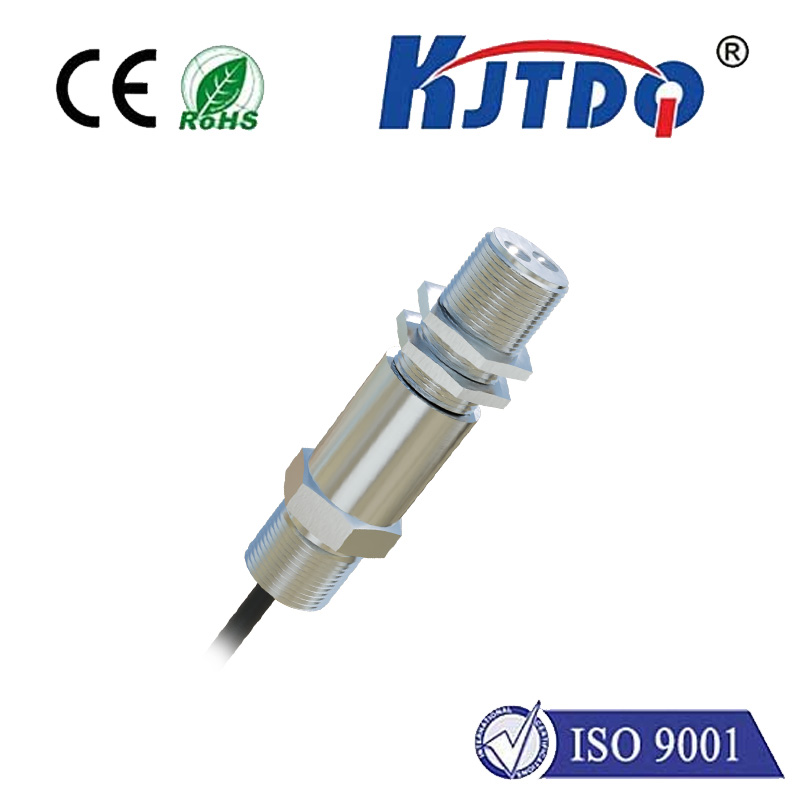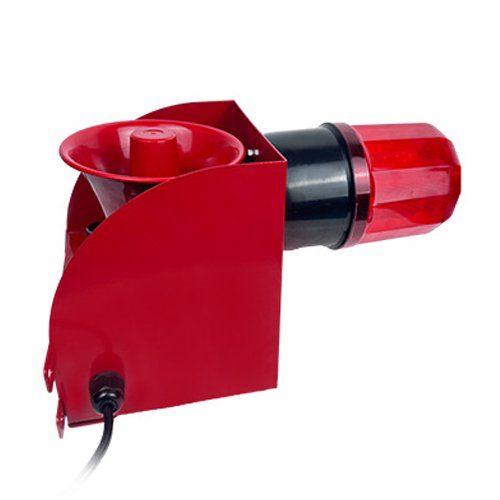Датчик приближения 220vac
- time:2025-06-16 16:32:33
- Нажмите:0
Mastering Industrial Detection: The Power of 220VAC Proximity Sensors
In the pulsating heart of industrial automation, where machinery hums at high voltages and precision is paramount, reliable detection forms the bedrock of safety and efficiency. Imagine a heavy punch press, powered directly by 220 volts AC (VAC), needing to know precisely when metal is correctly positioned, or a conveyor system handling bulky items that must start or stop based on object presence. For scenarios demanding seamless integration with existing high-voltage control circuits and robust operation in harsh environments, the 220VAC proximity sensor emerges as an indispensable workhorse. Unlike their low-voltage DC counterparts requiring extra power supplies or converters, these sensors operate directly off the standard industrial AC line voltage, simplifying installation and enhancing reliability where it matters most.
Understanding the Core: What is a 220VAC Proximity Sensor?
At its essence, a proximity sensor detects the presence or absence of a nearby object without physical contact. The 220VAC designation specifies the sensor’s operating voltage. This means it’s designed to be powered directly from a standard 220-volt alternating current supply, ubiquitous in industrial settings worldwide. Primarily utilizing inductive sensing principles, these devices generate an electromagnetic field. When a metallic target (like steel, aluminum, brass, etc.) enters this field, it induces eddy currents within the target, causing a detectable change in the sensor’s internal oscillation. This change triggers the sensor’s output switch.
The Inductive Advantage in High-Voltage Environments
Inductive sensors are the natural choice for most 220VAC applications due to their inherent robustness and immunity to common industrial challenges:

- Contaminant Resistance: Impervious to dust, oil, coolant, and other non-metallic substances common on factory floors. Unlike optical sensors, they don’t require clean lines of sight.
- Physical Durability: Typically housed in rugged metal or high-grade engineering plastics (PBT), built to withstand vibration, shock, and incidental impacts.
- Long Service Life: The non-contact nature means no wear and tear from mechanical actuation.
- High Switching Speeds: Capable of detecting rapidly moving targets reliably, crucial for fast-paced production lines.
Why Choose 220VAC? The Compelling Advantages
Integrating proximity sensors directly into 220VAC systems offers significant practical benefits:
- Simplified Wiring and Reduced Components: This is arguably the biggest advantage. Eliminating the need for a separate 24VDC power supply or voltage converter reduces panel space, wiring complexity, installation time, and potential points of failure. The sensor plugs directly into the existing AC control circuit. Less wiring means lower costs and easier maintenance.
- Direct Compatibility with High-Voltage Controls: Many existing machines, relays, contactors, solenoid valves, and PLC input modules operate directly on 220VAC. A 220VAC proximity sensor integrates seamlessly, eliminating compatibility issues or the need for signal conditioning relays in many cases. Direct connection streamlines the entire control chain.
- Enhanced Noise Immunity: Designed for electrically noisy industrial environments, 220VAC sensors generally feature robust electromagnetic compatibility (EMC), minimizing false triggers from motor drives, welders, or other interference sources common near high-voltage equipment. Reliable operation amidst electrical noise is critical.
- Strong Output Drive Capability: The higher operating voltage inherently allows the sensor’s output (often a solid-state switch like a Triac) to handle higher inrush currents, making them suitable for directly switching demanding loads like contactor coils or pilot lights without additional amplification.
- Cost-Effectiveness in Existing Infrastructure: For facilities already running primarily on 220VAC control voltage, using matching sensors avoids the investment in DC power infrastructure for sensor networks.
Key Applications Where 220VAC Proximity Sensors Excel
These sensors thrive in demanding industrial settings:
- Metalworking Machinery: Position detection in stamping presses, CNC lathes, milling machines, turret punches, and robotic welding cells.
- Перевозка материалов: Monitoring pallet presence on conveyors, detecting position in automated storage/retrieval systems (AS/RS), and controlling overhead crane movement.
- Packaging Lines: Verifying case or bottle positioning, counting products, and detecting jam conditions on high-speed lines powered by AC.
- Heavy Equipment: Monitoring component positions (like arms or buckets) on construction or agricultural machinery.
- Original Equipment Manufacturer (OEM) Integration: Simplifying the electrical design of machinery designed to operate directly on 220VAC mains.
Critical Considerations for Selection and Use
While powerful, deploying 220VAC proximity sensors requires careful attention:
- Electrical Safety: Working with 220VAC demands strict adherence to electrical safety protocols (lockout/tagout, proper PPE). Installation and maintenance should ideally be performed by qualified personnel. High voltage demands respect and expertise.
- Sensing Range: Inductive sensors have relatively short nominal sensing ranges (Sn), typically measured in millimeters. Ensure the sensor’s specified range meets the physical requirements of the application. Factor in target material and size (correction factors often apply).
- Output Configuration: Confirm the output type (Normally Open/NO, Normally Closed/NC) and switching element (Triac common for AC). Ensure it meets the load requirements (voltage, current type AC/DC, inrush current).
- Environmental Rating: Look for a high IP (Ingress Protection) rating (e.g., IP67, IP68, IP69K) suitable for the environment – dust, water jets, washdowns, etc. Temperature range is also crucial.
- Housing Material: Choose between shielded (flush mountable) and unshielded (requires more side clearance) designs based on mounting constraints. Material (stainless steel vs. nickel-plated brass vs. plastic) depends on chemical exposure and required robustness.
- Protection Against Overcurrent/Short Circuit: While robust, outputs can be damaged by sustained overloads or short circuits. Consider fusing per manufacturer specifications or using sensors with built-in short-circuit protection.
Technical Specs Matter: Decoding the Details
When selecting a 220VAC proximity sensor, scrutinize the datasheet:
- Operating Voltage Range: Usually specified as a range (e.g., 20-250VAC, 90-250VAC) to accommodate line fluctuations.
- Output Current Rating: Maximum continuous current (e.g., 200mA, 500mA) and inrush current capability.
- Voltage Drop (Residual Voltage): The voltage remaining across the sensor’s output when “on” – lower is better for sensitive loads.
- Leakage Current: The small current flowing when the output is “off” – significant for very low-power loads or PLC inputs.
- Switching Frequency (Response Time): How quickly the sensor can detect and signal a change in target presence.
- Hysteresis: The difference between the switch-on and switch-off points, preventing chatter near the sensing edge.
Embracing Efficiency and Safety in High-Power Systems
The 220VAC proximity sensor is far more than just a simple switch; it’s a vital component enabling smarter, safer, and more efficient industrial automation. By leveraging direct AC power compatibility, it eliminates complexity and enhances system reliability where high voltage dominates. Its inherent ruggedness and non-contact sensing make it ideal for the demanding conditions found on factory floors worldwide. When designing or upgrading systems operating on 220VAC control voltage, choosing the right inductive proximity sensor tailored for this environment is a strategic decision that pays dividends in simplified installation, reduced maintenance, and unwavering operational performance. Understanding their advantages, limitations, and correct application parameters empowers engineers and technicians to harness their full potential, driving productivity forwards.

